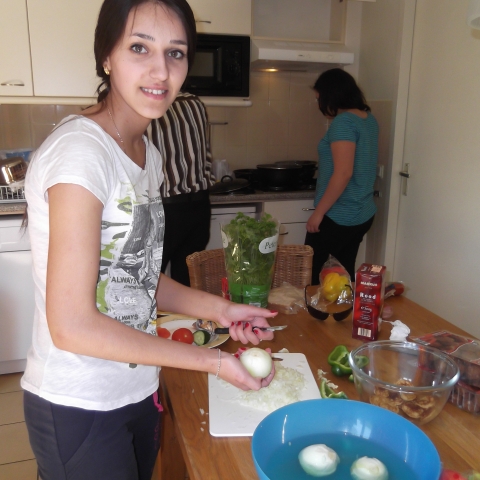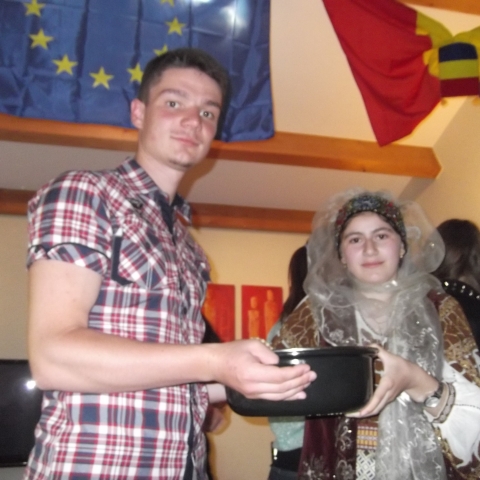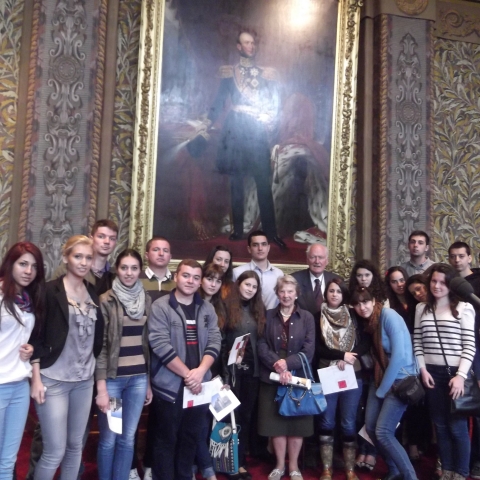The Hague, 24-31 May 2013
Youngsters of various backgrounds came together to discuss European topics, to exchage cultural habits and to learn more about being citizens of Europe. They joined in different intercultural and recreational activities dealing with contemporary issues in today’s Europe. They did all that with a final goal in mind: to create a European Cultural Triangle, based on the experiences and exchanges of information acquired during the daily activities as well as during the preparatory phase of the programme. By (creatively) representing their own ways of perceiving the European identity, youngsters were able to better understand each other’s cultures. They became aware of the differences between their countries, at the same time developing a sense of European Citizenship – since they are all citizens of Europe.
Focusing on the cultural differences and similarities between the three countries involved – Romania, Bulgaria and The Netherlands-, participants experienced basic aspects of the cultural diversity in Europe. They exchanged opinions and cultural habits, getting to know each other’s cultures better.
Through practical and non-formal activities, the programme explored what connects the youngsters to Europe. It also helped participants better understand the limits of their national identities and their disillusions and frustrations with the common European space.
Having to represent their own perceptions on European cultural diversity in a creative manner, the youngsters developed skills to better understand their European identity and learnt to respect other cultures.
Beyond the particularities and limits of their own cultures, youngsters could better understand that they are also European citizens, which shed light on the European Citizenship as a main priority of the Youth in Action programme.
By coming in direct contact with other European cultures, the programme provided opportunities for participants to discover and better understand them, to compare them and put all the findings together in the Cultural Triangle. This way, the youngsters became more aware of the European cultural identity as well as the cultural diversity in Europe, as another priority of the Youth in Action.













